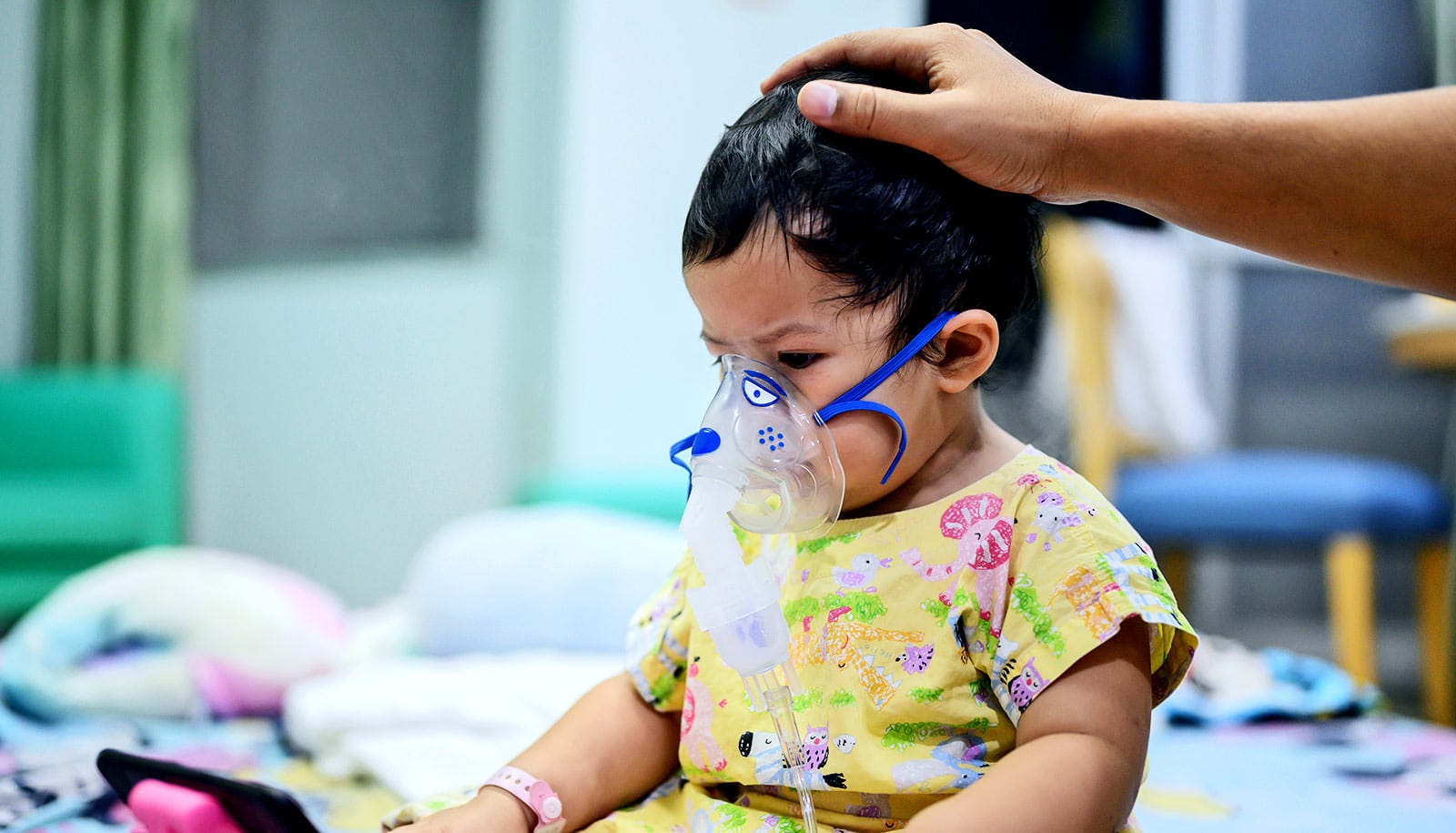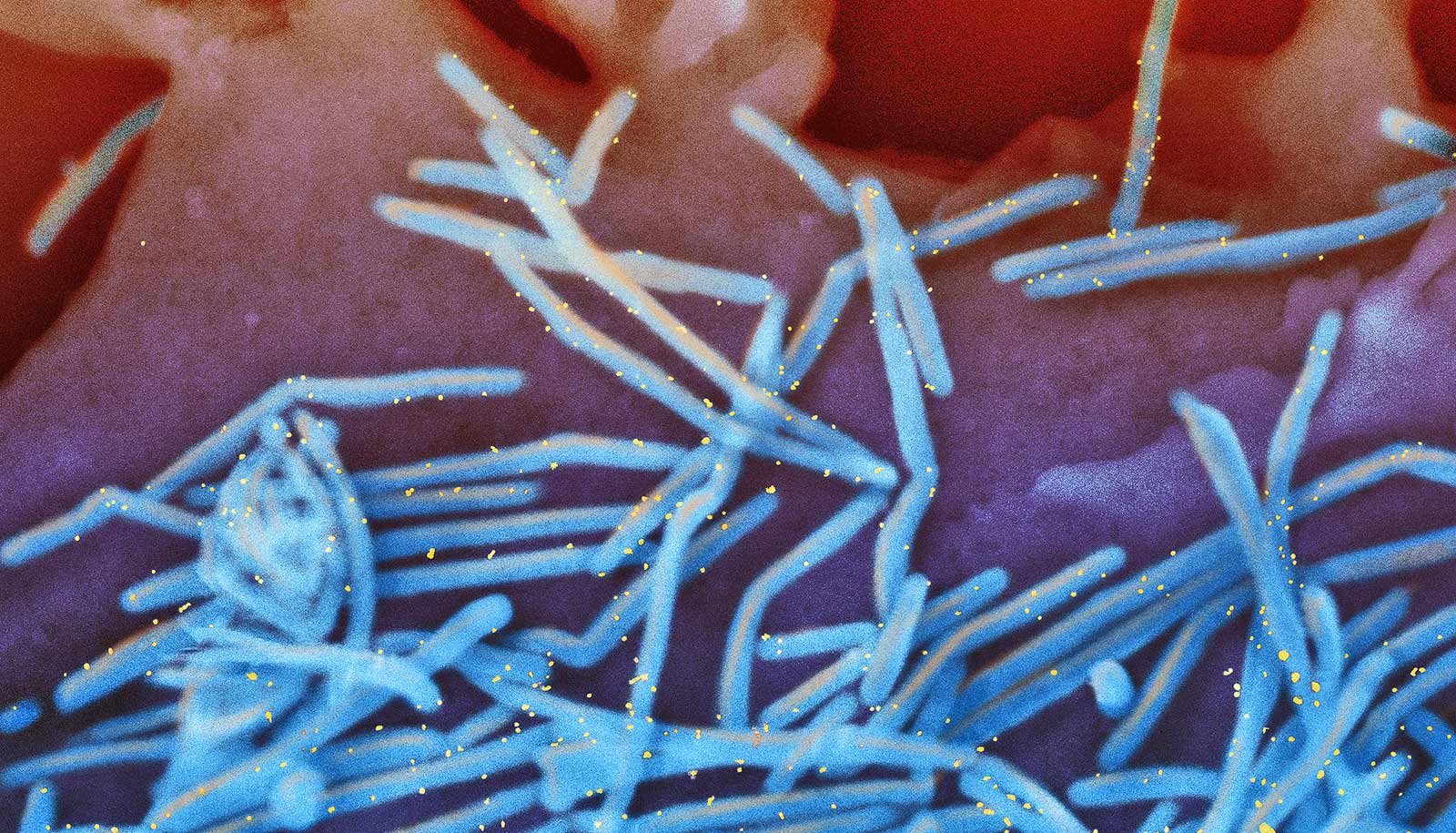A pediatrician has answers for parents about enterovirus D68 as a possible precursor to a neurologic condition that involves limb weakness.
The Centers for Disease Control and Prevention has issued a health advisory about a rise in children hospitalized with a severe respiratory illness who also test positive for the rhinovirus or enterovirus EV-D68.
That particular enterovirus has been associated with acute flaccid myelitis (AFM)—a rare polio-like illness that affects the nerve cells in the gray matter of the spinal cord and could lead to permanent paralysis.
Here, Simon Li, an associate professor of pediatrics at Rutgers Robert Wood Johnson Medical School, discusses what parents should know about children who test positive for different viruses that cause severe respiratory illnesses:
What are rhinovirus and enterovirus?
Rhinovirus and enterovirus are typically associated with common or severe respiratory illnesses and can exacerbate asthma. Enterovirus can also cause other symptoms, including a high fever and rash and neurologic illness, including aseptic meningitis, encephalitis, or AFM.
These viruses circulate year-round in the United States, with typical peaks in the spring and fall. EV-D68 is thought to peak in late summer and early fall.
What are the symptoms of severe EV-D68?
Hospitalized children will have a cough, shortness of breath, and wheezing. About half have a fever.
Why are we concerned now about acute flaccid myelitis?
On rare occasions, viruses like EV-D68 may cause AFM in young children, and most cases due to enteroviruses occur between August and November. AFM is typically seen four weeks after a surge in enterovirus, so increased vigilance for AFM in the coming weeks is essential.
We are already starting to see a rise: From August 2014 to date, the CDC has reported 693 cases of AFM. As of September 14, 2022, we already have 14 confirmed cases for 2022, and 40 potential cases are being investigated.
Most patients had preceding illness with a fever one to two weeks before the onset of weakness in one or more limbs. This weakness can occur within hours to a few days, with children experiencing a loss of muscle tone and reflexes.
Other symptoms can include drooping in the face or eyelids, difficulty swallowing or speaking, a hoarse or weak cry, or neck, back, or extremity pain. Severe symptoms can include respiratory failure, body temperature changes, blood-pressure instability, and bowel and bladder changes.
Who is most at risk?
In 2018, when EV-D68 most recently circulated at high levels in the United States, children around age 3 were most affected. However, all ages, including adolescents, are at risk.
Children with asthma or reactive airway disease may be more likely to require medical care, though those without a known history of asthma can also become seriously ill. EV-D68 in adults is less understood but is thought to be more prevalent in people with underlying conditions.
When should parents contact their doctor?
Parents should contact a health care provider immediately if they or their child has trouble breathing or has a sudden onset of limb weakness.
How can parents keep their children safe?
Since we don’t know what triggers AFM, there is no specific action to take to prevent it.
However, you can take steps to prevent you and your child from getting sick from a virus: Wash hands often with soap and water for 20 seconds; avoid touching eyes, nose, and mouth; avoid close contact with people who are sick; cover coughs and sneezes with a tissue or upper shirt sleeve, not with hands; clean and disinfect frequently touched surfaces; stay home if sick; and consider wearing a mask around other people if you have respiratory symptoms.
If a family member has asthma, make sure they’re following an up-to-date asthma action plan. Also, make sure you and your child are up to date with all recommended vaccines, including the influenza vaccine as soon as it is available.
Source: Rutgers University



